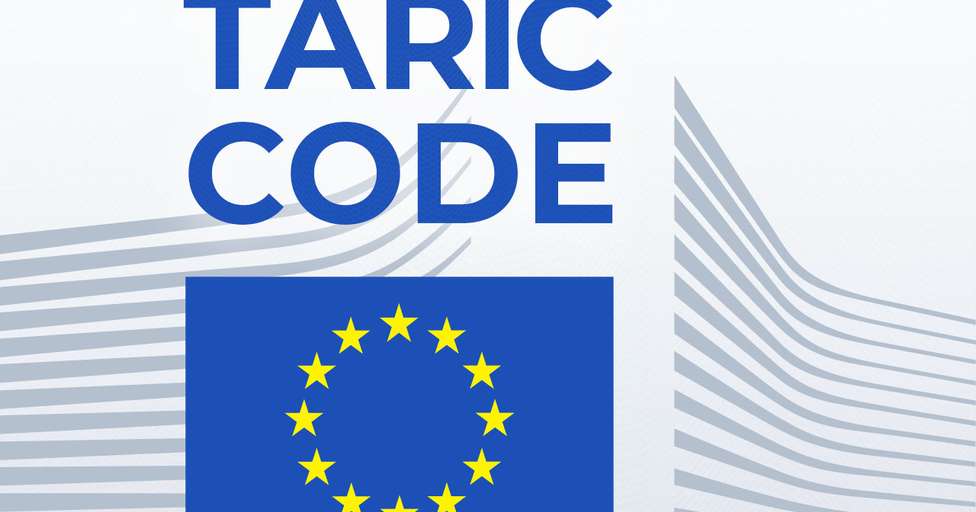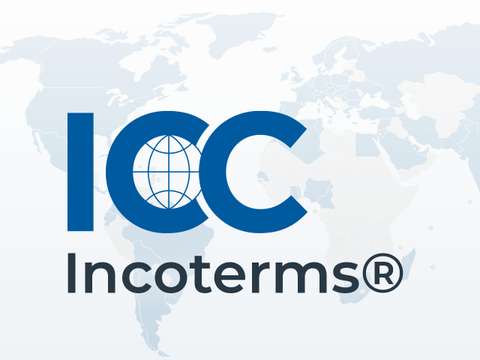What is a TARIC code?
TARIC, which stands for the "Integrated Tariff of the European Communities," is a tool used by the European Union to detail and apply various measures relating to tariffs and trade.
Essentially, a TARIC number is a numerical code that classifies goods for import and export. It helps determine the duty rates, regulations, and restrictions applicable to each product.
The TARIC meaning encompasses the comprehensive system designed to integrate all customs and trade measures within the EU.
Understanding and correctly applying TARIC codes is crucial for ensuring compliance with EU regulations and avoiding delays or penalties in the customs process.
These codes must be included in all relevant shipping and customs documentation to facilitate smooth international trade operations.
Examples of TARIC numbers
To illustrate the application, here are a few examples of TARIC codes:
- 9504.50.00.00: Video game consoles and machines.
- 6204.62.31.00: Women's trousers made of cotton.
- 8703.23.19.00: Motor vehicles for the transport of passengers with a spark-ignition internal combustion engine.
Each of these TARIC numbers encapsulates comprehensive information about the product, ensuring accurate tariff application and regulatory compliance.
Explanation of the code structure
The TARIC code is a detailed classification system used by the European Union for customs purposes.
It comprises 10 digits, each serving a specific role in accurately identifying and regulating products:
- HS Code (Digits 1-6): The first six digits align with the Harmonized System (HS) code, an international standard for classifying products. This global framework ensures consistency in trade and tariff applications worldwide.
- EU Classification (Digits 7-8): The next two digits add further classification specific to the European Union. These digits provide additional granularity to the product classification, incorporating EU-specific trade measures and regulations.
- Detailed Information (Digits 9-10):The final two digits offer specific details about the product, such as applicable regulations, quotas, or restrictions. This level of detail is crucial for ensuring compliance with EU trade laws and customs procedures.
| Section | Digits | Description | Example |
|---|---|---|---|
| HS Code | Digits 1-6 | Harmonized System code, a global standard for product classification | 1234.56 |
| EU Classification | Digits 7-8 | Additional classification specific to the European Union | 78 |
| Detailed Information | Digits 9-10 | Specific details such as regulations or restrictions applicable to the product | 90 |
| Complete TARIC Code | Digits 1-10 | Full product classification code used within the EU for import/export purposes | 1234.56.78.90 |
Differences Between TARIC and HS codes
While TARIC codes incorporate the HS code, they extend beyond it to include specific EU regulations and measures.
The HS code is an international nomenclature for the classification of products, used globally to ensure consistency in trade documentation and tariffs.
In contrast, the TARIC EU code builds on the HS code by adding layers of information pertinent to EU trade policies.
How to find and use TARIC codes correctly
Step 1: Identify the product
The first step in finding the correct TARIC code is to accurately identify the product you are importing or exporting. This involves a detailed understanding of the product’s characteristics, including:
- Material Composition: What materials is the product made from?
- Intended Use: What is the product used for?
- Manufacturing Process: How is the product manufactured?
- Physical Properties: Size, weight, and any other relevant physical attributes.
Accurate identification is crucial because even slight differences in product characteristics can result in different TARIC codes. For example, a pair of cotton trousers and a pair of synthetic fiber trousers will have different TARIC codes.
Step 2: Consult TARIC resources
Once you have identified the product, the next step is to consult resources to find the applicable EU TARIC code. There are several ways to do this:
- TARIC Database: The European Commission provides an online TARIC database, which is a comprehensive tool for finding TARIC codes. This database allows users to search for codes using keywords, product descriptions, or HS codes. Here’s how to use it:
- Access the Database: Go to the official portal of the European Commission
- Search: Enter keywords or product descriptions into the search bar. You can also input the HS code if you know it.
- Review Results: The search will return a list of possible TARIC codes. Review these carefully to find the one that best matches your product.
- Customs Experts:Consulting with customs experts or trade consultants can be highly beneficial, especially for complex products or when you are unsure about the correct classification. These professionals have in-depth knowledge and experience in navigating the TARIC system and can provide accurate guidance.
- National Customs Authorities: Each EU member state has its own customs authority that can provide assistance. They often have helpdesks or advisory services for businesses needing help with TARIC codes.
Step 3: Apply the Code
Once you have identified the correct TARIC number, it’s essential to use it correctly in all relevant documentation and customs declarations. Here’s how to apply the code:
- Customs Declarations: Include the TARIC code on all customs declaration forms. This ensures that customs authorities can quickly and accurately assess the duties and regulations applicable to your product.
- Import Declarations: When importing goods into the EU, the TARIC code must be included in the import declaration submitted to customs.
- Export Declarations: Similarly, when exporting goods from the EU, the TARIC code should be included in the export declaration.
- Commercial Invoices: Make sure the TARIC code is also included on commercial invoices. This provides clear information for both the buyer and the customs authorities.
- Shipping Documentation: Include the TARIC code on shipping documentation, such as packing lists and bills of lading or shipping label. This helps ensure that all parties involved in the shipping process are aware of the product classification.
- Internal Records:Maintain accurate internal records of the TARIC codes used for your products. This can help streamline future shipments and ensure consistency in customs declarations.
Importance of TARIC code in international trade and eCommerce
eCommerce businesses can face significant challenges if they fail to manage TARIC codes properly.
Incorrect TARIC codes can lead to customs delays as authorities may need to verify the proper classification of goods, slowing down the delivery process and causing customer dissatisfaction.
Additionally, these inaccuracies can result in fines or penalties, adding unexpected costs to the business.
Using the wrong TARIC code can also result in incorrect applications of EU tariffs.
This might mean paying higher tariffs than necessary or, conversely, not paying enough, which can lead to legal complications and back payments.
Non-compliance with EU tariff codes can result in goods being held or even confiscated by customs authorities, severely impacting the business's reputation and operational efficiency.
Using shipping software that integrates TARIC code management ensures accurate and up-to-date product classifications. This prevents errors and ensures compliance with EU regulations by automatically cross-referencing product details with the latest TARIC database. This automation minimizes the risk of customs delays and fines due to misclassification.




